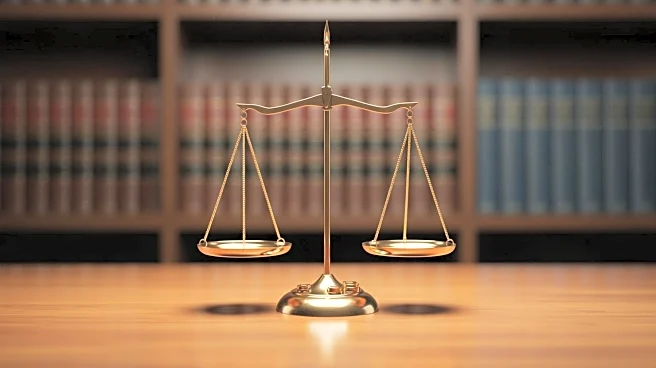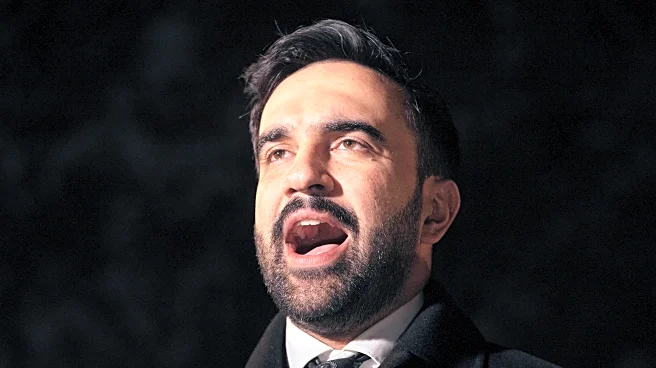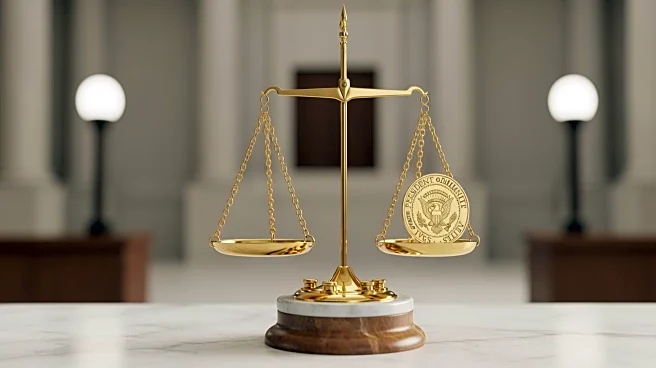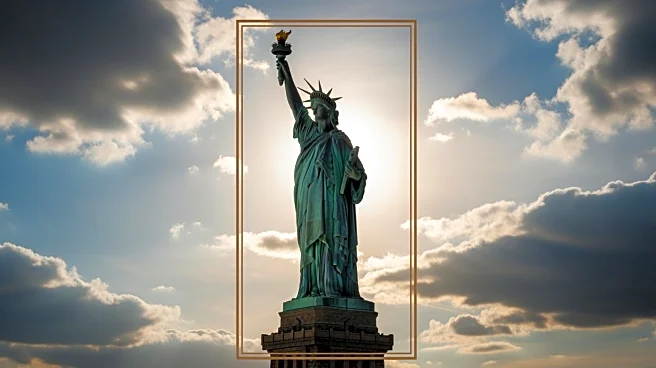What's Happening?
Sonia Sotomayor, Associate Justice of the U.S. Supreme Court, has had a significant impact on the judiciary since her appointment by President Barack Obama in 2009. Born in the Bronx, New York, Sotomayor's
career began after she graduated from Yale Law School in 1979. She served as an Assistant District Attorney in New York and later worked in private practice. Her judicial career started with her nomination to the U.S. District Court for the Southern District of New York by President George H.W. Bush in 1991. She was later appointed to the U.S. Court of Appeals for the Second Circuit by President Bill Clinton in 1998. Sotomayor's tenure on the Supreme Court has been marked by her advocacy for the rights of defendants and her dissenting opinions on issues of race, ethnicity, and gender.
Why It's Important?
Justice Sotomayor's role as the first Hispanic and third woman on the Supreme Court is significant for representation and diversity in the judiciary. Her decisions and dissents often highlight issues of social justice and equality, influencing public discourse and legal standards. Her presence on the court provides a voice for underrepresented communities and brings attention to the real-world implications of judicial decisions. Her career path and achievements serve as an inspiration for many, particularly within the Hispanic community, and underscore the importance of diverse perspectives in shaping U.S. law and policy.
What's Next?
Justice Sotomayor continues to serve on the Supreme Court, where her opinions and dissents will likely influence future legal interpretations and public policy. Her focus on civil rights and social justice issues suggests that she will remain a pivotal figure in cases involving these themes. As the court addresses new challenges and cases, Sotomayor's contributions will be crucial in shaping the legal landscape and ensuring that diverse viewpoints are considered in the highest court of the United States.
Beyond the Headlines
Justice Sotomayor's career reflects broader cultural and societal shifts towards inclusivity and diversity in American institutions. Her journey from a public housing project in the Bronx to the Supreme Court highlights the potential for upward mobility and the impact of education and perseverance. Her story is a testament to the changing face of the American judiciary and the ongoing efforts to ensure that it reflects the nation's diverse population.













